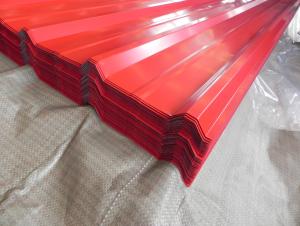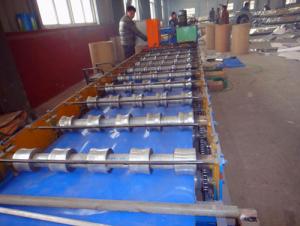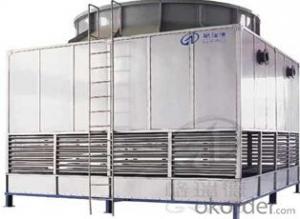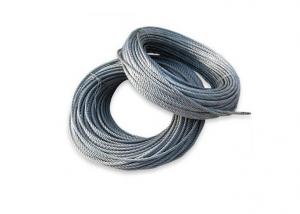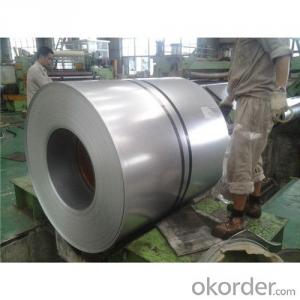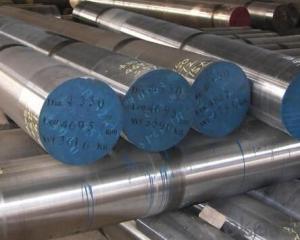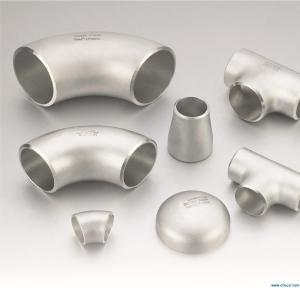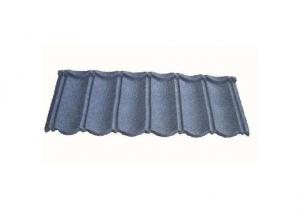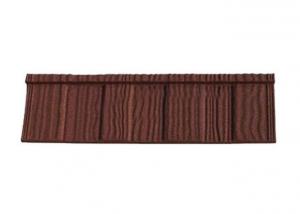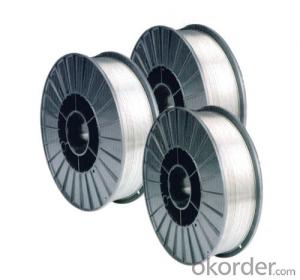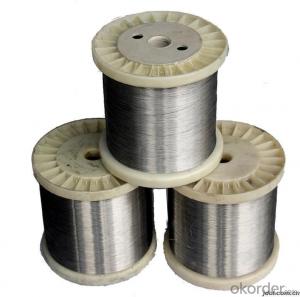Stainless Steel Roof
Stainless Steel Roof Related Searches
Stainless Steel Roofing Stainless Steel Wall Stainless Steel Doors Stainless Steel Door Stainless Steel Top Stainless Steel Siding Galvanized Steel Roof Stone Coated Steel Roof Stainless Steel Roaster Stainless Steel Coating Stainless Steel Piping Stainless Steel Gate Cast Iron Roof Stainless Steel Furniture Stainless Steel Tiles Stainless Steel Front Door Stainless Steel Staircase Stainless Steel Rods Stainless Steel Hardware Stainless Steel Fencing Stainless Steel Rack Stainless Steel Thermo Stainless Steel Rope Chain Stainless Steel Cover Stainless Steel Fence Stainless Steel Spa Resin Roof Stainless Steel Radiators Stainless Steel Refrigeration Stainless Steel StorageStainless Steel Roof Supplier & Manufacturer from China
Stainless Steel Roof, a robust and durable roofing solution, is made from high-quality stainless steel materials. This type of roofing is known for its resistance to corrosion, weathering, and high temperatures, making it an ideal choice for various construction projects. Stainless steel roofs are widely used in both residential and commercial buildings, offering a sleek and modern appearance while providing long-lasting protection against the elements. These roofs are also environmentally friendly, as they can be easily recycled and have a lower carbon footprint compared to traditional roofing materials.The application of Stainless Steel Roof spans across various usage scenarios, including industrial facilities, public buildings, and private residences. Due to its strength and resistance to harsh weather conditions, it is particularly suitable for coastal areas and regions with heavy rainfall or snowfall. Additionally, stainless steel roofs are low-maintenance, requiring minimal cleaning and upkeep, which makes them an attractive option for property owners looking to reduce long-term maintenance costs. The aesthetic appeal of stainless steel roofs also adds value to properties, making them a popular choice for those seeking a modern and stylish appearance.
Okorder.com is a reputable wholesale supplier of Stainless Steel Roof products, boasting a large inventory to cater to the diverse needs of customers. With a commitment to quality and customer satisfaction, Okorder.com ensures that all stainless steel roofing products meet the highest industry standards. By offering competitive prices and a wide range of options, Okorder.com has become a go-to source for contractors, architects, and homeowners seeking reliable and durable roofing solutions.
Hot Products

